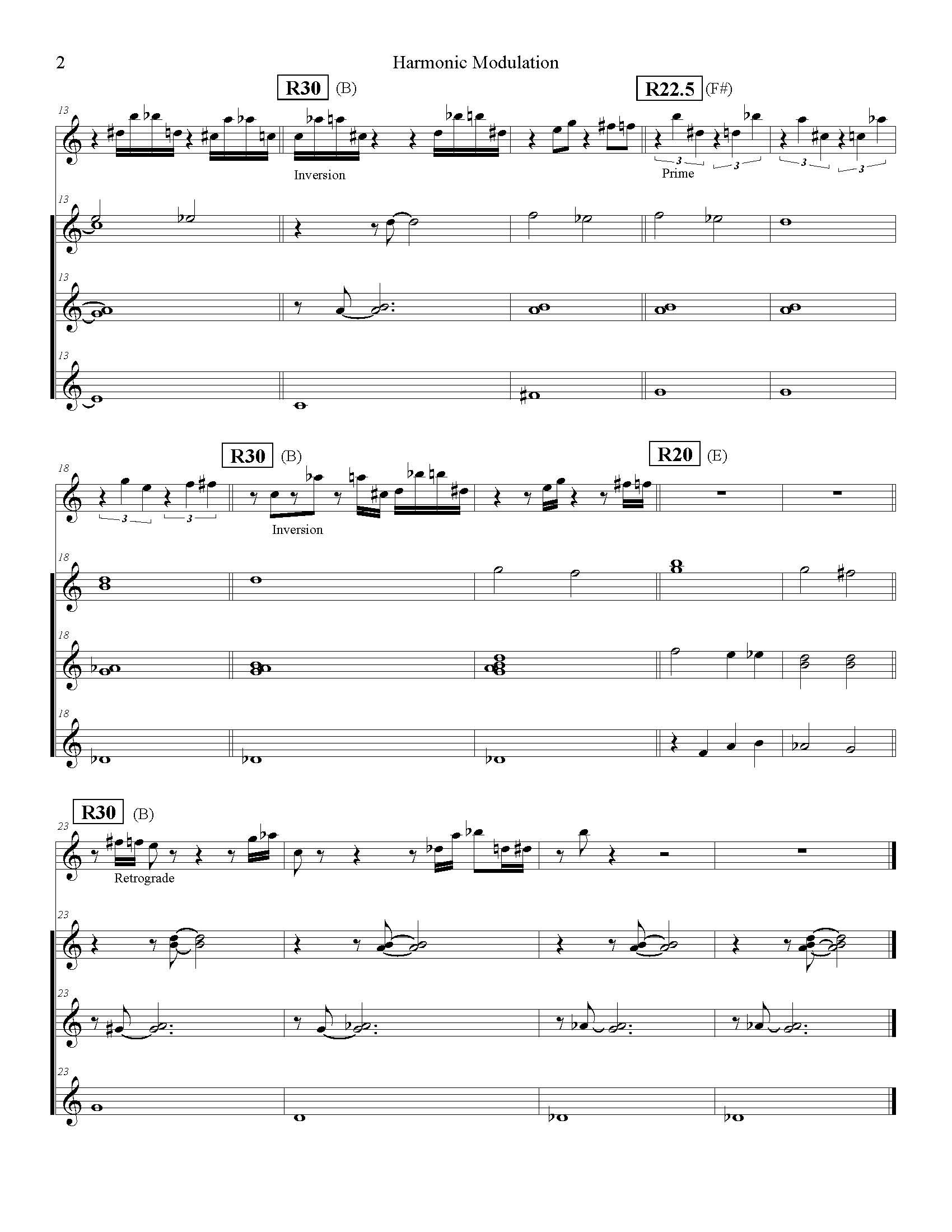Southwest Suite
This work extends the story of a cowboy’s journey to rustle his cattle in the midst of a West Texas thunderstorm.
The original work, Débandade, for string quartet, was written to commemorate the transfer of the Tom Lea painting, ‘Stampede’ to the Ellen Noel Art Museum in Odessa, Texas.
The piece was extended to include two more movements, written for triple string quartet and string orchestra, depicting the cowboy’s long walk home and fiddle dance as he shares his story with his friends and family that evening around the campfire.
I. Débandade
II. Périple
III. Danse




